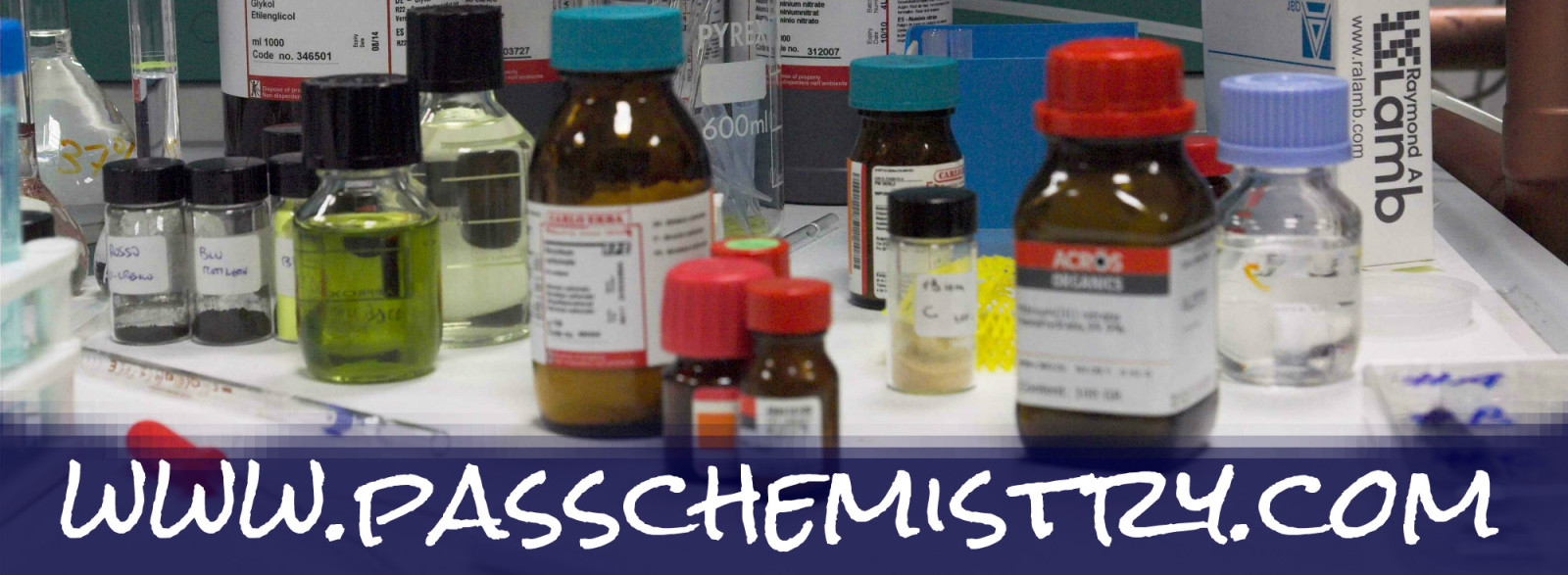Percent yield is a measure of the efficiency of a reaction. The formula used is:

The actual yield is the mass of product collected by the chemist in the laboratory setting. The theoretical yield is the mass of the product that should have been collected based on the stoichiometry calculation.
Try the problems below to practice percent yield. You can click here to print these problems as a worksheet.
Percent Yield Practice Problems
- Ethyl acetate is a solvent produced by heating ethanol and acetic acid together in the prescence of sulfuric acid which is added to speed up the reaction. The ethyl acetate is distilled off as it forms. The equation for this process is as follows:
CH3COOH + CH3CH2OH → CH3COOCH2CH3 + H2O
Determine the percentage yield if 68.3 g of ethyl acetate should be produced but only 43.9 g is recovered.
- Tungsten can be produced from its oxide by reacting the oxide with hydrogen at a high temperature according to thefollowing equation:
WO3 + 3H2 → W + 3H2O
What is the percentage yield if 56.9 g of WO3 yields 41.4 g of tungsten in the lab?
3. If 6.57 g of iron react with an excess of hydrochloric acid, HCl, then 11.2 g of iron(II) chloride are obtained in addition to hydrogen gas. Find the theoretical and percent yields.
Fe + 2 HCl –> FeCl2 + H2
Click here to see the answers to these problems.
